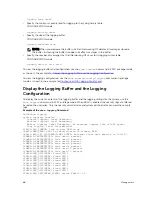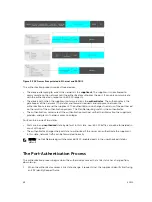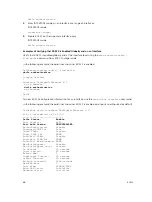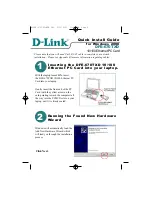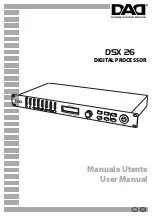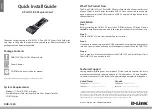
default boot lines are set to a Null String. If both the partitions contain invalid images, then primary,
secondary, and default boot line values are set to a Null string.
When you use the Network boot procedure to boot the device, the boot loader checks if the primary
partition contains a valid image. If a valid image exists on the primary partition and the secondary partition
does not contain a valid image, then the primary boot line is set to A: and the secondary and default boot
lines are set to a Null string. If the secondary partition also contains a valid image, then the primary boot
line value is set to the partition that is configured to be used to boot the device in a network failure
scenario. The secondary and default boot line values are set to a Null string.
Important Points to Remember
• The Chassis remains in boot prompt if none of the partitions contain valid images.
• To enable TFTP boot after restoring factory default settings, you must stop the boot process in BLI.
In case the system fails to reload the image from the partition, perform the following steps:
1.
Power-cycle the chassis (pull the power cord and reinsert it).
2.
Press any key to abort the boot process (while the system prompts to).
3.
Press
c
to get into the grub mode.
You immediately enter the grub mode, which is indicated by the
grub>
prompt.
4.
Assign the new location of the FTOS image to be used when the system reloads.
To boot from flash partition A:
grub> set primary_boot="f10boot flash0"
To boot from flash partition B:
grub> set primary_boot="f10boot flash1"
To boot from network:
grub> set primary_boot="f10boot tftp://10.16.127.35/FTOS-ZB.bin"
5.
Assign an IP address and netmask to the Management Ethernet interface.
grub> set ipaddr="10.16.151.239"
grub> set netmask="255.255.0.0"
6.
Assign an IP address as the default gateway for the system.
grub> set gatewayip="10.16.151.254"
7.
Save the modified environmental variables.
grub> save_env
environment_variables
NOTE: Repeat this step for all the environment variables.
8.
Reload the system.
Management
79
Summary of Contents for Z9000
Page 1: ...Dell Configuration Guide for the Z9000 System 9 7 0 0 ...
Page 80: ...grub reboot 80 Management ...
Page 128: ... 0 Te 1 1 Te 1 2 rx Flow N A N A 128 Access Control Lists ACLs ...
Page 491: ...Figure 70 Configuring OSPF and BGP for MSDP Multicast Source Discovery Protocol MSDP 491 ...
Page 496: ...Figure 73 MSDP Default Peer Scenario 1 496 Multicast Source Discovery Protocol MSDP ...
Page 497: ...Figure 74 MSDP Default Peer Scenario 2 Multicast Source Discovery Protocol MSDP 497 ...
Page 498: ...Figure 75 MSDP Default Peer Scenario 3 498 Multicast Source Discovery Protocol MSDP ...
Page 760: ...Figure 100 Single and Double Tag TPID Match 760 Service Provider Bridging ...
Page 761: ...Figure 101 Single and Double Tag First byte TPID Match Service Provider Bridging 761 ...


